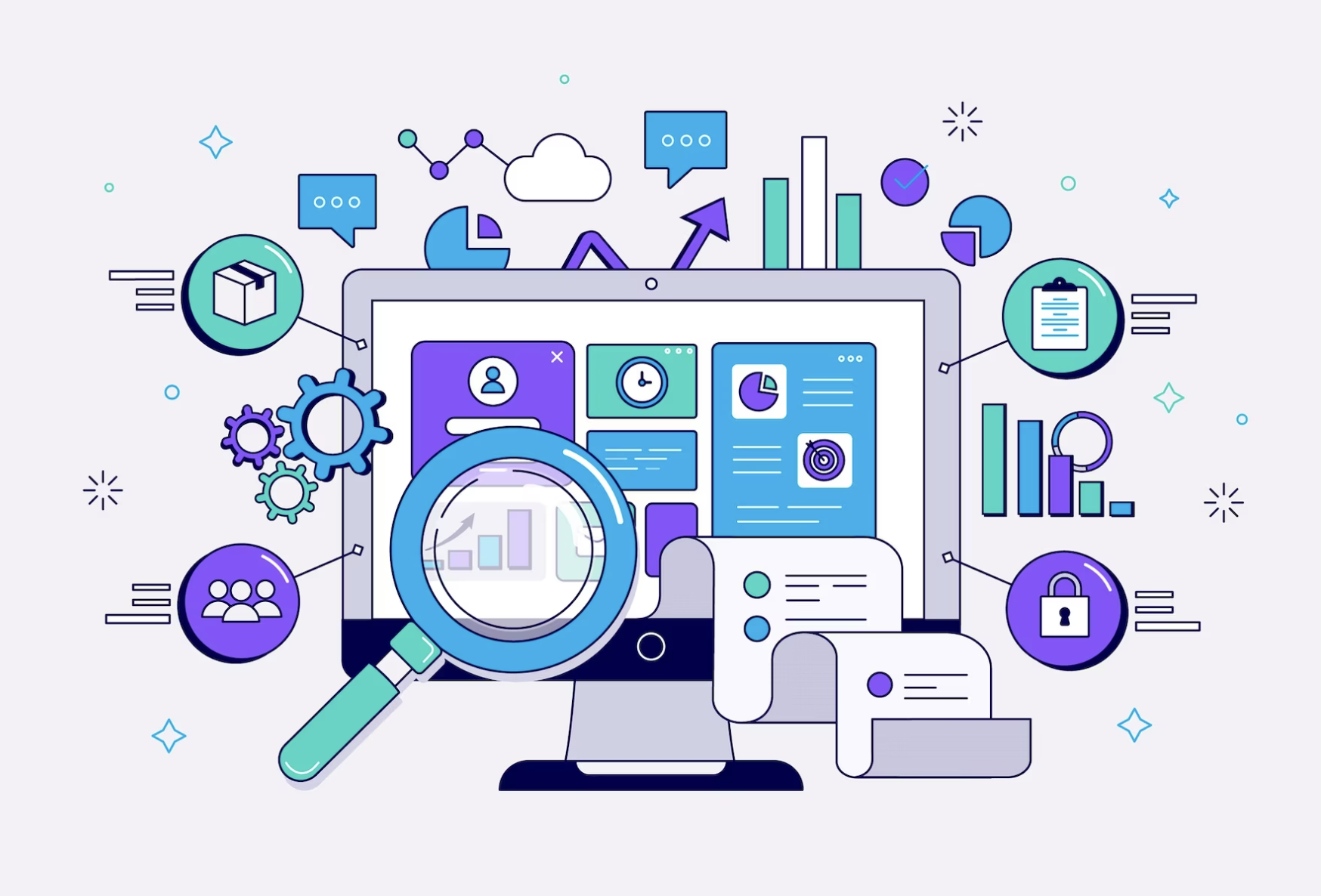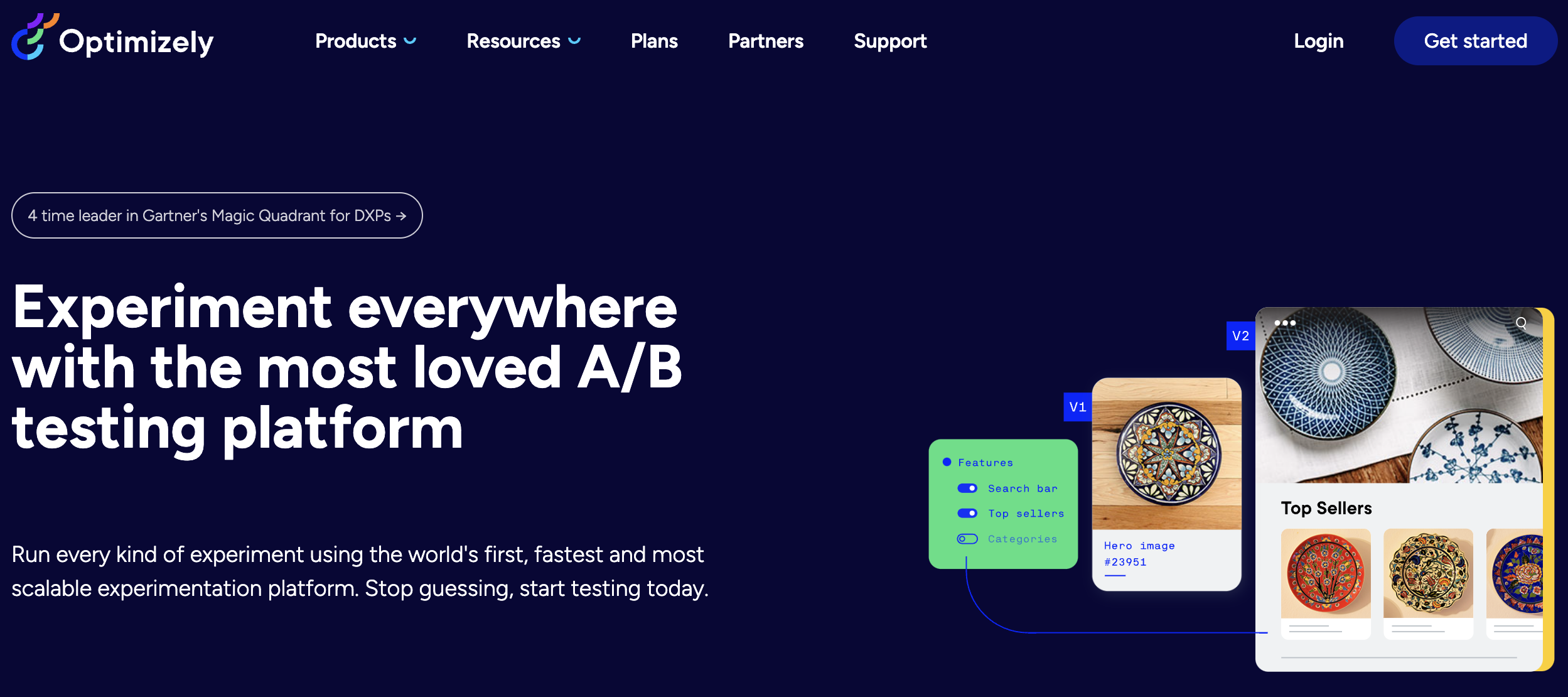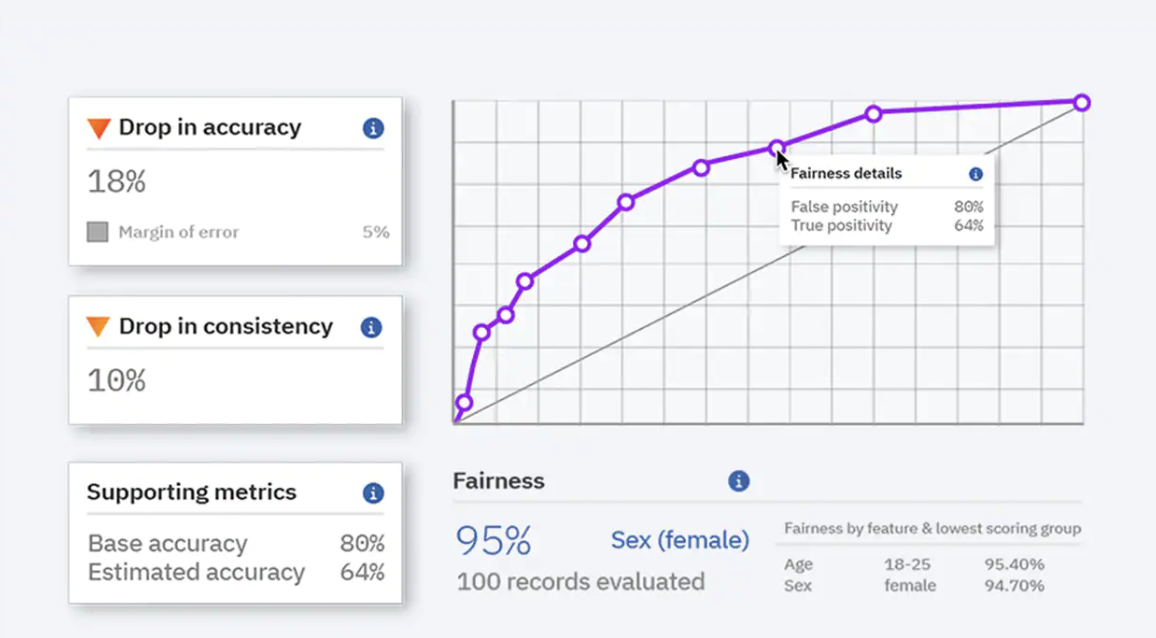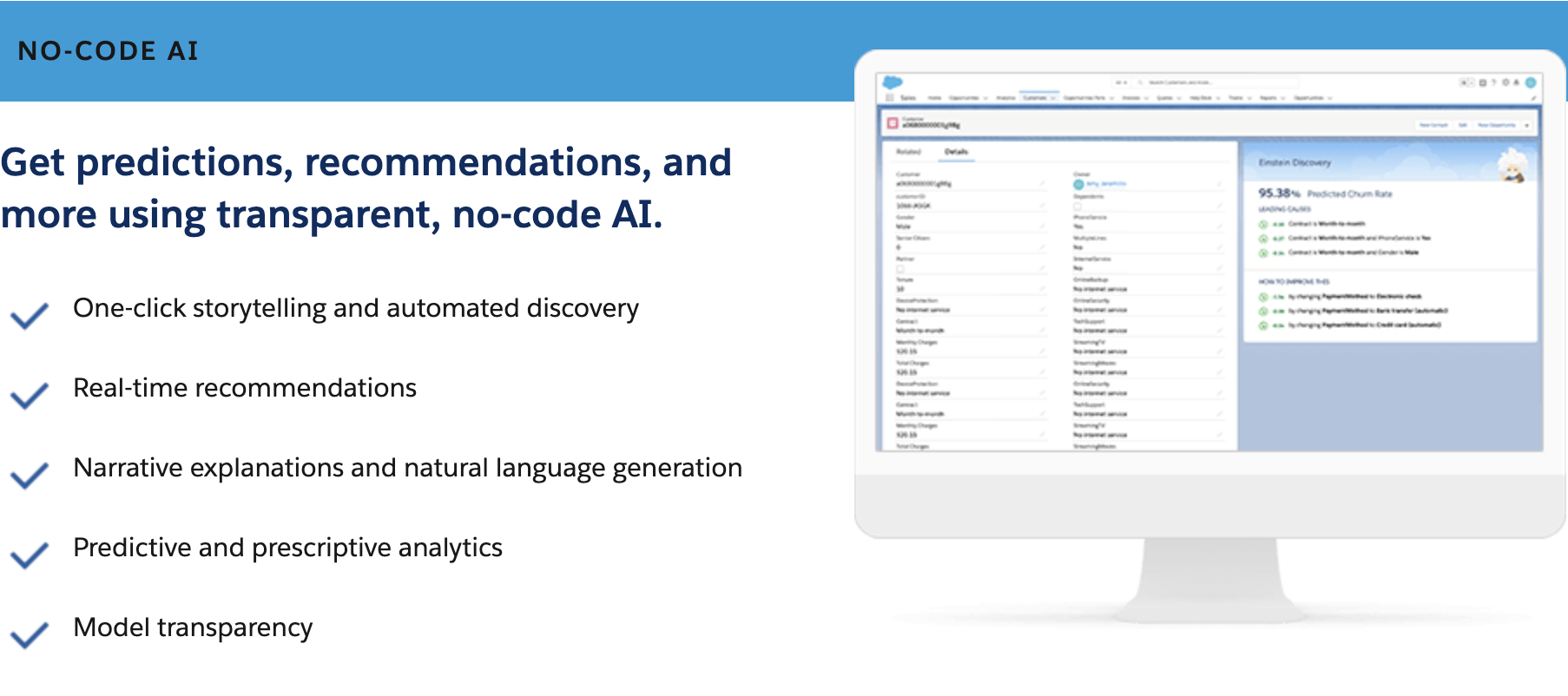Using predictive analytics in eCommerce allows merchants to develop proactive approaches rather than reactive ones, making it personalized to strengthen customer loyalty and skyrocket sales.

Significant changes are occurring in the retail and eCommerce industries due to emerging technologies and shifting customer expectations. The industry is advancing to the highest level of digitization and personalization, using intelligent innovations such as predictive analytics.
Table of Content
Let’s talk about predictive analytics in retail and eCommerce transformations.
What Is Predictive Analytics In eCommerce?
Predictive analytics in eCommerce uses statistical algorithms and machine learning techniques to analyze customer data and predict future buying behavior. By analyzing historical data, such as purchase history, website traffic details, and customer demographics, predictive analytics can identify patterns and trends to predict future customer actions. So this could be what products they are likely to buy and when they will likely buy them.
Predictive analytics can be used in various ways in the eCommerce industry, including:
- Product recommendations: Predictive analytics can suggest products a customer is likely interested in based on their browsing history and previous purchases.
- Inventory management: By analyzing sales data, predictive analytics can help online merchants optimize their inventory levels, ensuring they have the right products in stock at the right time.
- Marketing campaigns: Predictive analytics can help eCommerce businesses identify the most effective marketing channels and messaging to target specific customer segments.
Read Also : Data-Driven Decision Making: The Power of Mobile App Analytics
Why Does Predictive Analytics Matter?
Predictive analytics is becoming increasingly important in today’s data-driven business world because it allows businesses to make better-informed decisions, reduce costs, and increase revenue. Here are some reasons why predictive analytics matter:
1-Better Decision-Making
Predictive analytics can help businesses make more informed decisions by providing insights into customer behavior, market trends, and business operations. So by analyzing historical data and identifying patterns, businesses can predict future outcomes and make decisions based on data rather than intuition or guesswork.
2- Cost Reduction
Predictive analytics can help businesses reduce costs by optimizing processes and resources. For example, companies can ensure enough inventory by predicting demand for a particular product, minimizing the need for costly emergency orders or excess inventory.
3- Increased Revenue
Predictive analytics can help businesses identify new opportunities to increase revenue. For example, by analyzing customer data, businesses can identify new products or services that their customers will likely be interested in or target specific customer segments with personalized marketing campaigns.
4- Competitive Advantage
By leveraging predictive analytics, businesses can gain a competitive advantage. By making data-driven decisions, companies can respond to changes in the market more quickly and efficiently, leading to better customer satisfaction and increased market share.
Revolutionize Your eCommerce With A Fast And Captivating Mobile App
Try Mobile App Builder For Free
Predictive Analytics Tools for eCommerce Stores
Large and small retailers now use predictive analytics to understand their customers better, investigate their purchasing behavior, and make personalized product recommendations.
Let’s look at some tools that help you plan to grow your business. Here are some popular options:
1- Google Analytics 4
Google Analytics is a free tool that can be used to track website traffic and user behavior. It automatically enriches your data by applying Google machine-learning knowledge to your dataset to predict your users’ future behavior. By collecting structured event data, you can learn more about your shoppers using the following predictive metrics.


(Source: Optimizely)
Optimizely is a tool that allows businesses to conduct A/B tests to optimize their website and improve user experience. By testing different variations of a website, store owners can determine which version is most effective at converting visitors into customers.
2- IBM Watson Analytics

(Source: IBM Watson Studio)
IBM Watson Analytics is a cloud-based data analytics tool that uses machine learning algorithms to analyze data and make predictions. Watson Analytics can analyze customer data, identify trends and patterns, and predict future behavior.
3- Adobe Analytics

(Source:Adobe Analytics)
Adobe Analytics is a data analytics tool that allows you to analyze customer data and behavior across multiple channels, including websites, social media, and mobile apps. With Adobe Analytics, businesses can identify customer segments, track customer behavior, and optimize marketing campaigns.
- Statistical modeling automatically detects unexpected patterns in your data by analyzing metrics and establishing a lower bound, upper bound, and expected range of values.
- Discovers hidden patterns in your data to explain statistical anomalies and find correlations behind unexpected customer actions, out-of-bound values, and sudden spikes or dips in metrics for different audience groups.
- The tool makes it simple to generate and manage data anomaly alerts and “stacked” alerts that capture multiple metrics in a single signal.

(Source:Salesforce Einstein Analytics)
Salesforce Einstein is an AI-powered analytics tool that analyzes customer data, predicts customer behavior, and optimizes sales and marketing campaigns. With the help of Salesforce Einstein, businesses can personalize customer experiences, improve customer engagement, and increase sales.
The Differences Between Descriptive Analytics & Predictive Analytics
Descriptive and predictive analytics are two different types used to analyze data and gain insights. However, people often confuse the descriptive with the predictive one. Let us help you point out the critical differences between them.
MethodologyUse historical data to identify patterns and trends. Use statistical models and machine learning algorithms to make predictions based on historical data.
| Descriptive Analytics | Predictive Analytics | |
|---|---|---|
| Purpose | Descriptive analytics is used to understand what happened in the past and what is happening currently. | Predictive analytics is used to predict future outcomes based on past data. |
| Methodology | Use historical data to identify patterns and trends. | Use statistical models and machine learning algorithms to make predictions based on historical data. |
| Scope | Focus on understanding data at a high level, such as overall trends and patterns. | Focus on predicting specific outcomes or behaviors. |
| Output | The output is often in reports or dashboards summarizing data and providing insights into historical trends and patterns. | The output is often in the form of predictions or recommendations that can be used to inform future decision-making. |
| Application | Often used to monitor and report on business performance. | They are often used for forecasting, risk management, and optimization. |
To Conclude
So Online retail businesses collect massive amounts of data from various sources, including websites, mobile eCommerce apps, and social networks. Thanks to predictive analytics, brands can forecast customer behaviors at specific times, anticipate market trends, and develop effective strategies to compete with others in this competition.
About The Author
I love navigating the world of SaaS with finesse. As an SEO enthusiast and seasoned Copy Writer, I'm here to transform tech-speak into compelling narratives that resonate with online merchants. With a penchant for alliteration and a touch of humor, I bring a unique flair to SaaS content.
Related Posts
What E-commerce Brands Look for in a Mobile App Theme: A Complete Industry Guide
Choosing the right mobile app theme for an e-commerce brand…
A Smarter Approach to Abandoned Cart Recovery
Abandoned cart recovery is one of the most important yet…
10 Latest Trends in Mobile App Design for Online Merchants
Mobile app design is more than just making things look…